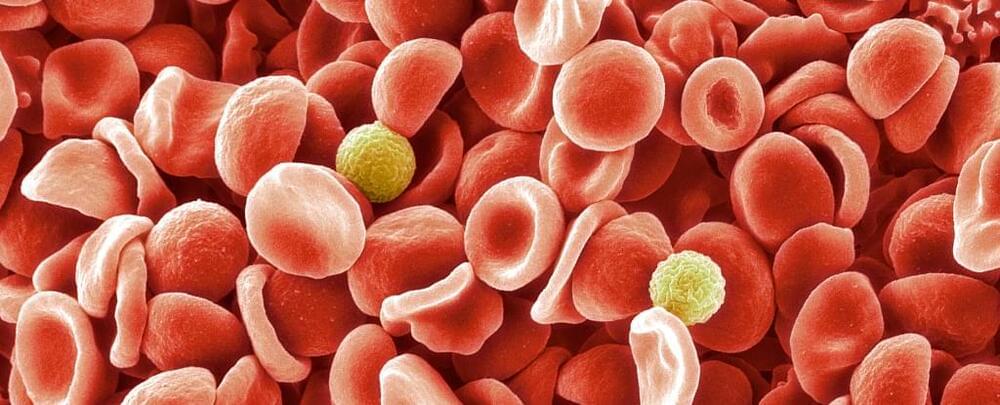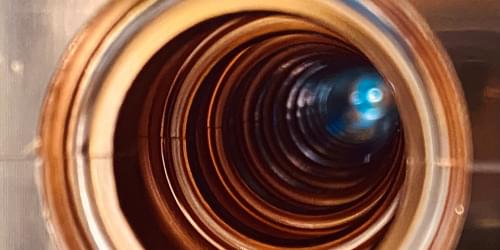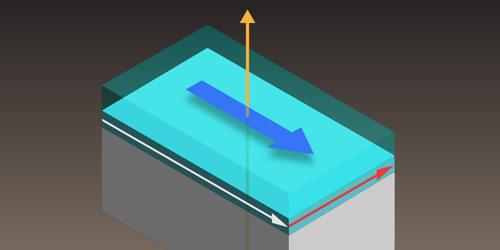Because the mineral changesite-(Y) contains the isotope helium-3, it could one day fuel nuclear fusion reactors.




The Energean company announced to the Tel Aviv and London stock exchanges Thursday that its Hermes exploration well in Israeli maritime waters has yielded a new commercial gas discovery of 7–15 billion cubic meters, according to estimates.
Hermes is located southeast of the Karish field, to which the UK-Greek company holds the production rights.
The Stena IceMax drilling rig has now moved to the so-called Olympus area, located between Energean’s Karish and Tanin fields. The company hopes that exploration will enable it to further refine estimates of natural gas there, which currently stand at a theoretical 58 billion cubic meters, according to Energean’s notice.

Tesla (TSLA) has been officially upgraded to investment grade long-term credit rating by S&P Global Ratings.
Despite delivering profits for more than two years straight and building a cash position of over $18 billion while sitting on very little debt, Tesla was still rated as a “junk bond” by rating companies like S&P Global Ratings and Moody’s Investors Service.
Earlier this year, we reported that the rating agencies are finally changing their opinion on the electric automaker and considering upgrading their ratings.



The devastating loss of a pair of newborns has provided critical insights into a rare set of blood types spotted for the first time in humans 40 years ago.
By unravelling the molecular identity of the relatively new blood type known as the Er system, a new study could hopefully prevent such tragedies in the future.
“This work demonstrates that even after all the research conducted to date, the simple red blood cell can still surprise us,” says University of Bristol cell biologist Ash Toye.

In July, particle physicists in the US completed the Snowmass process—a decadal community planning exercise that forges a vision of scientific priorities and future facilities. Organized by the Division of Particles and Fields of the American Physical Society, this year’s Snowmass meetings considered a range of plans including neutrino experiments and muon colliders. One new idea that generated buzz was the Cool Copper Collider (or C3 for short). This proposal calls for accelerating particles with conventional, or “normal-conducting,” radio frequency (RF) cavities—as opposed to the superconducting RF cavities used in modern colliders. This “retro” design could potentially achieve 500 GeV collision energies with an 8-km-long linear collider, making it significantly smaller and presumably less expensive than a comparable superconducting design.
The goal of the C3 project would be to operate as a Higgs factory, which—in particle-physics parlance—is a collider that smashes together electrons and their antimatter partners, called positrons, at energies above 250 GeV. Such a facility would make loads of Higgs bosons with less of the mess that comes from smashing protons and antiprotons together—as is done at the Large Hadron Collider (LHC) in Switzerland. A Higgs factory would give more precise measurements than the LHC of the couplings between Higgs bosons and other particles, potentially uncovering small discrepancies that could lead to new theories of particle physics. “I think the Higgs is the most interesting particle that’s out there,” says Emilio Nanni from the SLAC National Accelerator Laboratory in California. “And we should absolutely build a machine that’s dedicated to studying it with as much precision as possible.”
But an outsider might wonder why another Higgs-factory proposal is being added to the particle-physics menu. A similar factory design—the International Linear Collider (ILC)—has been in the works for years, but that project is presently stalled, as the Japanese government has not yet confirmed its support for building the facility in Japan. Waiting in the wings are several other large particle-physics proposals, including CERN’s Future Circular Collider and China’s Circular Electron Positron Collider.

Twelve new security flaws impacting various chipsets were disclosed in this month’s security advisory for Qualcomm’s devices, two of which have been given a critical severity rating. Two significant flaws in Qualcomm chipsets have been identified that might allow malicious payloads to installed remotely on the Android devices.
The first vulnerability, identified as CVE-2022–25748 (CVSS score 9.8), affects Qualcomm’s WLAN component and is described as a “Integer Overflow to Buffer Overflow during parsing GTK frames”. If exploited, this issue might result in memory corruption and remote code execution. This vulnerability impact all smart devices that use the Qualcomm Snapdragon APQ, CSRA, IPQ, MDM, MSM, QCA, WSA, WCN, WCD, SW, SM, SDX, SD, SA, QRB, QCS, QCN, and more series.
The second vulnerability, identified as CVE-2022–25718 (CVSS score 9.1), also affects Qualcomm’s WLAN component and is described as a “Cryptographic issue in WLAN due to improper check on return value while authentication handshake”. If exploited, this issue might result in memory corruption and remote code execution. This vulnerability impact all smart devices that use the Qualcomm Snapdragon APQ, CSRA, IPQ, MDM, MSM, QCA, WSA, WCN, WCD, SW, SM, SDX, SD, SA, QRB, QCS, QCN, and more series.